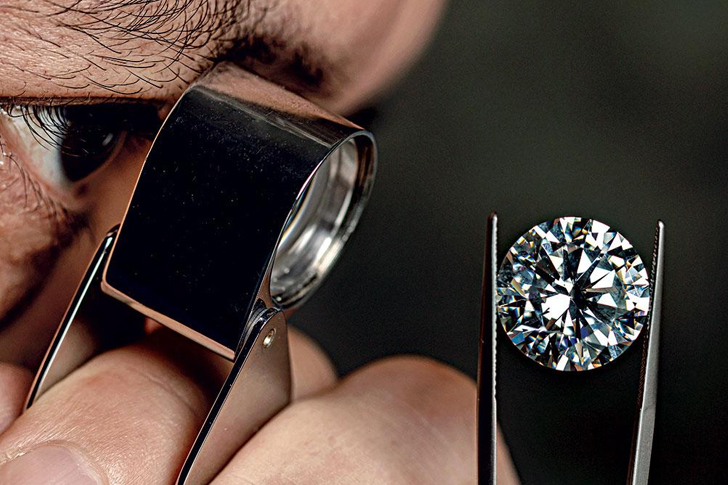Practical Advice for Seniors Buying Lab-Grown Diamonds
As the jewelry industry continues to evolve, one of the most significant trends to gain popularity among all age groups, especially seniors, is the purchase of lab-grown diamonds. These diamonds, often praised for their ethicality and affordability, provide seniors with a cost-effective solution to owning beautiful, high-quality diamonds. This article delves into what lab-grown diamonds are, why they are cheaper, and how seniors can acquire them at even lower prices.

### What are Lab-Grown Diamonds?
Lab-grown diamonds are real diamonds produced in a controlled environment, as opposed to being mined from the earth. They have the same chemical, physical, and optical properties as mined diamonds. The production methods—HPHT (High Pressure High Temperature) and CVD (Chemical Vapor Deposition)—mimic natural diamond formation conditions but are completed over weeks or months rather than millions of years.
### Cost Comparison: Lab-Grown vs. Mined Diamonds
One of the most compelling reasons to consider lab-grown diamonds is their affordability. Lab-grown diamonds can be up to 40% cheaper than their mined counterparts. For seniors managing budgets, this price difference is meaningful. The reason for the lower price is not a compromise on quality but a shorter supply chain and less overhead cost in terms of environmental taxes and labor.
A 1-carat lab-grown diamond might cost anywhere between $1,000 to $4,000 depending on clarity, color, and cut quality, whereas a similar mined diamond could range from $4,000 to $10,000.
### Quality and Variety
When considering a lab-grown diamond, it’s essential to know that these gems offer the same diversity in color, clarity, and cut as mined diamonds. They are graded using the same standards by leading gemological institutes such as the GIA (Gemological Institute of America), ensuring that seniors are not compromising on the luxury and experience of owning a high-quality diamond.
### Where to Purchase Lab-Grown Diamonds
Seniors looking to purchase lab-grown diamonds can explore several avenues for good deals:
1. **Online Retailers**: Brands like James Allen, Blue Nile, and Clean Origin specialize in lab-grown diamonds and often offer competitive prices due to lower overhead costs.
2. **Local Jewelers**: Some local jewelers might offer personalized services and discounts, especially during off-peak times of the year.
3. **Wholesale Vendors**: Occasionally, wholesale vendors offer lab-grown diamonds at market price, which can result in significant savings.
### Checking for Certifications and Warranties
To ensure value for money, seniors should verify that the lab-grown diamond comes with certification from reputable institutes like the GIA or IGI. Certifications confirm the diamond’s lab-grown origin and grade its characteristics. Additionally, inquire about warranties or guarantees that protect against future damages or defects.
### Seasonal and Clearance Sales
Timing purchases around seasonal sales or checking for clearance items can also lead to additional savings. Consider shopping during post-holiday periods or during inventory clearance times. Signing up for newsletters from trusted jewelry retailers can keep you updated on sales and exclusive offers.
### Senior Discounts and Group Buying
Some retailers offer a senior discount, so it’s beneficial to ask about any available age-related discounts. Furthermore, participating in group buying with friends or family can also lead to bulk purchase discounts from certain jewelers, reducing costs further while maintaining quality.
### Conclusion
For seniors considering the purchase of a diamond, lab-grown options present a financially savvy and ethical choice without compromising on the splendor of the stone. By understanding where and when to shop, and what to look out for, seniors can secure these gems at even more accessible prices, making luxury affordable.







Recent Comments